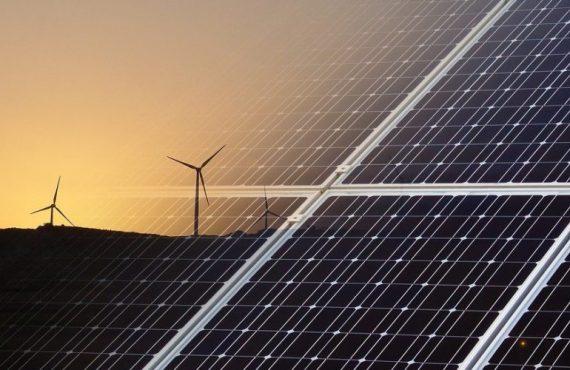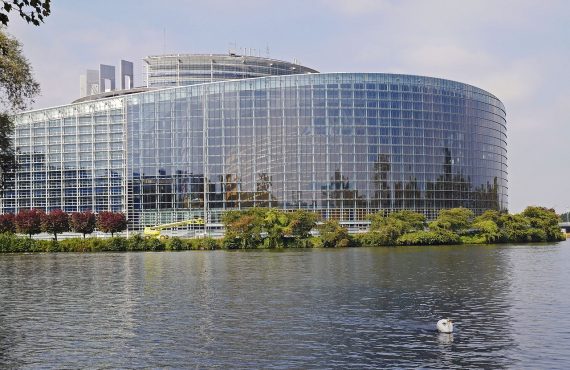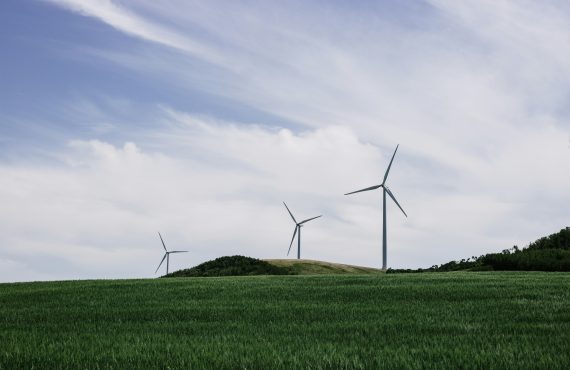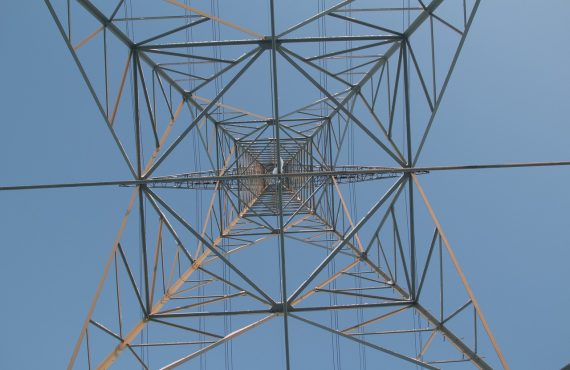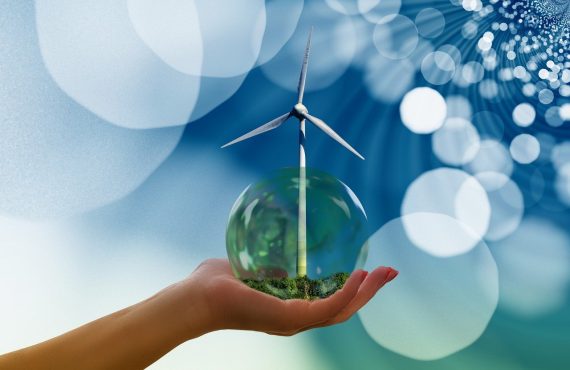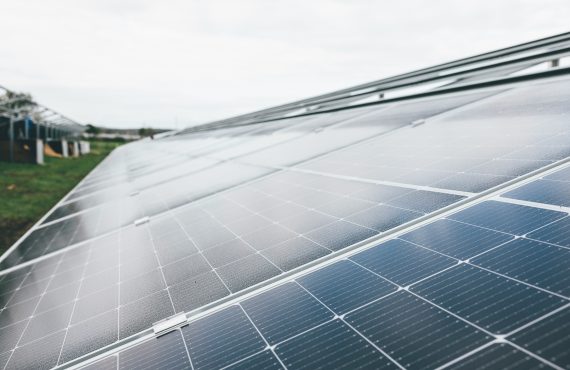In the first 7 months (August-February) of the 8-month period of reduction in fossil gas consumption set by the EU, Greece reduced its gas consumption by 20.9% compared to the 5-year average, thus far exceeding the EU target of -15%, and by 30% compared to the same period last year. Reduction -74% in Russian gas consumption compared to the same month in 2022, and -85% cumulatively for the first two months of 2023 compared to same period in 2022.
More specifically, according to the latest available data from the National Natural Gas Transmission System – DESFA (until February 2023):
In force: European obligation to reduce fossil gas consumption during the period August 2022-March 2023 by 15% compared to the average of the same period of the previous five years or last year, if the consumption had increased by more than 8% that year. The latter condition applies to Greece; therefore it can calculate its reduction target based on last year’s consumption.
The month of February
In February 2023, the 7th month of the 8-month period where the country has to reduce gas use in line with its European obligations, total domestic consumption was 4.31 TWh, the lowest for the month of February in at least the last 6 years. The overall decrease of 1.16 TWh in February 2023 compared to the same month in 2022 came almost entirely from the electricity sector (-1.15 TWh).
Cumulative performance and the EU target of -15%
Cumulatively, in the first 7 months of the 8-month reduction period set by the EU-27, Greece with a total consumption of 28.9 TWh “caught” and exceeded the reduction target of -15%, not only compared to the corresponding period of the previous year, but also compared to the 5-year average (31 TWh).
More specifically, cumulative consumption in the 7-month period between August 2022 and February 2023 was 7.6 TWh lower than the average for the same 7 months of the previous five years. Cumulative data up to February 2023 show that the main contributor to the decline during the 7-month period was power generation (-3.5 TWh), outperforming industry (-3 TWh) and distribution networks (-1.1 TWh).
In terms of percentage changes, the country in the 7-month period (August 2022-February 2023) reduced its total gas consumption by 30% compared to the same period of the previous year, far exceeding the reduction target corresponding to the derogation that Greece obtained in the relevant EU Regulation, according to which, it can base its gas reduction performance in relation on the previous year and not on the 5-year average. Moreover, for the fifth consecutive month since the start of the reduction period in August, Greece is on track to reach the -15% target, with a cumulative percentage reduction of 20.9% compared to the average of the corresponding 7 months of the previous 5 years. Thus, Greece does not need to invoke the derogation to fulfill its European obligation.
Moreover, all end uses show significant percentage decreases compared to the same 7-month period of the previous year. Industry leads the way (-50%), followed by electricity generation (-29.4%) and distribution networks (-26.1%). The cumulative percentage decreases in end-uses with respect to the 5-year average are similar, with industry, electricity generation and distribution networks exhibiting decreases of 68.7%, 14.5% and 14%, respectively.
Consumption in 2023
Continuing the downward trend of the previous 10 months, in February 2023, fossil gas consumption was 21.2% lower than in February 2022. February 2023 was the eleventh consecutive month in which there was a decrease compared to the same month of the previous year (April 2022-February 2023). Cumulatively, during the first 2 months of 2023, fossil gas consumption decreased by 28.9% compared to the same period in 2022 and by 27.3% compared to the 5-year average.
Regarding the breakdown of gas consumption by end-use in the first 2 months of 2023, the large decrease in gas use for power generation also reduced the share of this end-use in gas consumption to 54% (from 73.5% during 2022). In contrast, distribution networks increased their share to almost 40.4% in the first 2 months of 2023 (21.5% for the whole of 2022), while industry’s share remained very low at 5.6% (5% in 2022).
Imports in 2023
In terms of gas flows through the country’s four entry gates, in February 2023, gas imports from Russia covering domestic consumption were just 0.48 TWh, down 74.1% compared to the same month in 2022 [1] leading to a 10% share of imports in February 2023. The volumes of LNG imported in February 2023 were up 48.9% compared to February 2022. As a result, LNG was by far the main source of gas for the country in the same month with 3.4 TWh, and a 71.3% share of the total gas flows imported by Greece. Imports from TAP via Nea Mesimbria exhibited a large decrease compared to February 2022 (-43.4%), contributing just 0.69 TWh and occupying a share of 14.5%, while the quantity imported from Turkey via Kipoi was very low (0.2 TWh and a share of 4.2%).
Cumulatively for the first two months of 2023, LNG imports via Agia Triada ranked first among supply sources with 7.3 TWh – an increase of 20.9% compared to the same period in 2022 – and a share of 74.3%. On the other hand, there was a large 30.3% decrease in Azeri gas imports via TAP which, with 12.6 TWh and a share of 18.1%, continued to rank second during the first 2 months of 2023. However, Russian gas imports covering domestic consumption declined even more, as they contracted by 85% compared to the same period in 2022. Thus, with just 0.48 TWh and a 4.9% share among the four entry gates, Russian gas covering domestic consumption was in the third place among the country’s supply sources. Finally, the lowest contribution came from Turkey through the gateway of Kipoi, with only 0.27 TWh and a share of 2.7% in the first 2 months of 2023.
Comparison with the EU
Based on the latest available Eurostat data on monthly fossil gas consumption [2] in the EU-27 Member States in the first 6 months of the 8-month reduction period set by the EU (August 2022 – January 2023), only 6 Member States were below the -15% target, three of which are very close to the target (Italy, Portugal, Spain). Only Slovakia, Ireland and Malta are off track to reach the EU target. Greece has reduced its consumption by 22.7% compared to the 5-year average and ranks 11th in the EU, 5 places higher than the EU-27 average (-19.3%). Even more impressive, however, is Greece’s performance compared to the same period last year. With -31.2%, Greece ranks 4th among EU Member States behind only Finland, Sweden and Estonia.
Furthermore, Greece achieved a much greater reduction of its dependence on Russian gas in 2022 compared to the EU average. Every month in 2022 Greece managed to reduce the imports of Russian gas used to cover domestic consumption compared to the same month in 2021, much more than the EU average. Only in December the percentage decrease in the use of Russian gas compared to the same month in 2021 was marginally lower in Greece (-67.3%) than in the EU-27 (-67.9%). Thus, cumulatively for 2022, Greece reduced Russian gas imports by 68.3% compared to 2021, while the corresponding EU-27 average was 32.3%.
You can read the analyses of other months here.
[1] Overall imports from Russia were higher in February 2023, but a large part of these were exported back to Bulgaria, resulting in only 0.48 TWh being used for domestic consumption in Greece.
[2] Some of the Eurostat data, especially for the last few months, are provisional and will be finalized in the coming months.






